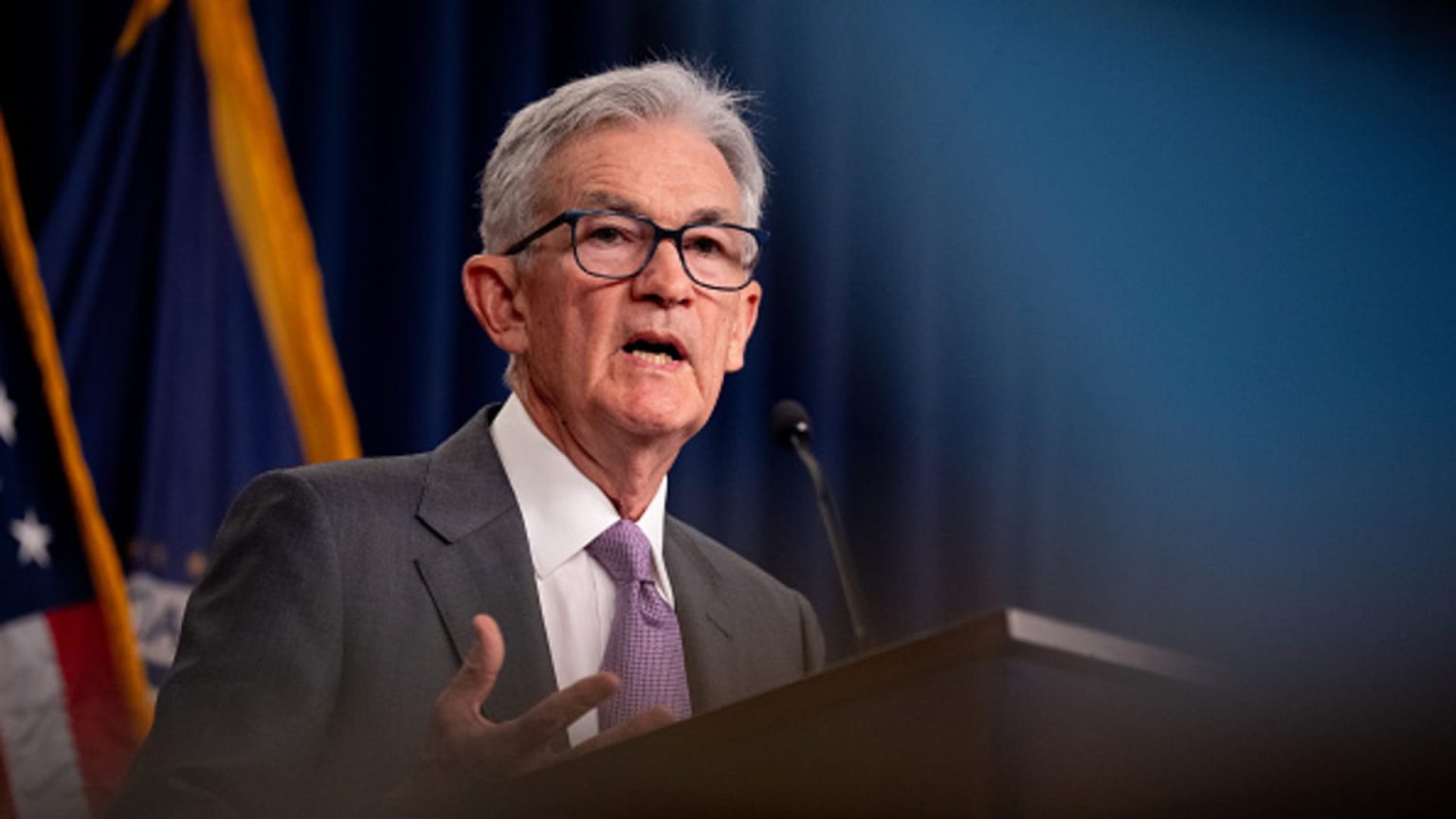In his keynote address at the Fed’s annual retreat in Jackson Hole, Wyoming, Federal Reserve Chair Jerome Powell hinted at potential interest rate cuts in the future, although he did not provide specific details on timing or extent of the cuts. Powell emphasized that the direction of policy adjustment is clear, and that the timing and pace of rate cuts will depend on incoming data, the evolving economic outlook, and the balance of risks. He acknowledged the progress made in lowering inflation and stressed the importance of maintaining full employment in the economy.
Powell’s speech came at a time when the inflation rate has been gradually heading back to the Fed’s 2% target, though it has not yet reached that level. The unemployment rate has also been on the rise, but Powell attributed this to more individuals entering the workforce and a slower pace of hiring, rather than deteriorating labor market conditions. He mentioned that the overall objective has been to restore price stability while sustaining a strong labor market and emphasized the progress made towards achieving that goal. Market expectations are that the Fed will begin cutting rates in September, but Powell did not specify when he believes policy easing will commence.
The speech also delved into the factors behind the surge in inflation, which reached its highest level in over 40 years, as well as the Fed’s response to it. Initially, inflation was considered transitory and caused by Covid-related factors, but when it began spreading from goods to services, the Fed pivoted and initiated a series of rate hikes. Powell highlighted that the rise in inflation was a global phenomenon, resulting from increased demand for goods, strained supply chains, tight labor markets, and surges in commodity prices. He credited the Fed’s actions and anchored inflation expectations for ultimately easing inflation pressures without causing a recession.
While reflecting on recent events, Powell noted that the Fed remained committed to restoring price stability and carrying out its responsibilities despite the challenges posed by the inflation spike. He emphasized the role of well-anchored inflation expectations and vigorous central bank actions in facilitating disinflation without the need for slack in the economy. Powell concluded by mentioning that there is still much to learn from the experience and invited differing perspectives on the assessment of events. The speech was seen as a turning point in Powell’s tenure, signaling a shift in focus from inflation towards maintaining a strong labor market and ensuring progress on inflation. Markets responded positively to his remarks, with stocks rising and Treasury yields dropping sharply during the speech.


